Description
HERB – THYME – 0.30 GRAM APPROX 1050 ITALIAN SEEDS
HERB – THYME – 0.30 GRAM APPROX 1050 ITALIAN SEEDS. English thyme is an attractive plant for the herb garden with upright stems of tiny, gray-green leaves and small pink flowers that attract bees and beneficial insects. Thyme leaves are an important ingredient in many dishes, including poultry stuffing and fresh tomato salsa. Cut small branches, rinse under running water, then strip the leaves off the stem. Medicinally, thyme tea has been used for coughs as a mild decongestant for centuries.
Cultivation advice
- Start thyme seeds indoors 6-10 weeks before the last expected frost in your region or sow directly outdoors after the last frost date.
- Choose a sunny location for planting, as thyme thrives in full sun with well-draining soil.
- Ensure well-draining soil with good aeration. Add organic matter like compost to enhance soil fertility and drainage.
- Aim for a slightly alkaline soil pH between 6.0 and 8.0 for optimal growth.
- Sow thyme seeds on the soil surface in seed trays or pots, pressing them lightly into the soil. Thyme seeds need light to germinate.
- Cover the seeds lightly with a thin layer of soil and mist the surface gently.
- Thyme seeds usually germinate in 14-21 days when kept at temperatures around 60-70°F (15-21°C).
- Once the seedlings develop true leaves, transplant them into individual pots or into the garden bed, spacing them 9-12 inches apart.
- Thyme prefers full sun and requires at least 6-8 hours of sunlight daily for optimal growth.
- Water thyme plants regularly but avoid overwatering, as they prefer slightly drier conditions. Allow the soil to dry out slightly between waterings.
- Thyme doesn’t require heavy feeding. A light application of a balanced fertilizer in early spring can aid growth.
- Mulch around the plants to retain soil moisture and prevent weed growth.
- Regularly prune thyme to encourage bushy growth and prevent it from becoming leggy. Pinch off the tips to promote branching.
- Remove any dead or yellowing leaves to keep the plant healthy.
- Thyme is generally resistant to pests and diseases. However, monitor for issues like spider mites or aphids. Use organic pest control methods if needed.
- Harvest thyme leaves as needed by snipping them from the top. Use fresh or dried leaves in various culinary dishes, marinades, and teas.
- Thyme is also used for its aromatic properties in potpourri or as a fragrant addition to homemade cleaning solutions.
- In cold climates, protect thyme from freezing temperatures by mulching heavily around the base of the plants or consider growing it in containers that can be brought indoors during winter
- When transplanting thyme seedlings into the garden, ensure they are well-established and have developed a good root system. Handle seedlings gently to avoid damaging the roots.
- Space transplanted seedlings approximately 9-12 inches apart to allow for their mature growth.
- Thyme grows well in containers. Use pots with good drainage and a well-draining potting mix.
- Containers allow you to control soil conditions and are convenient for placing the herb near the kitchen for easy access while cooking.
- Organic mulch like straw or wood chips can regulate soil temperature and moisture. Apply a thin layer around thyme plants to retain moisture and deter weed growth.
- Avoid mulch directly touching the stems to prevent moisture-related issues.
- Regularly harvest thyme leaves to encourage growth and ensure the plant remains productive. Pruning can also promote bushier growth.
- To encourage a compact and bushy habit, trim the stems by a third after flowering or when the plant becomes leggy.
- Dry harvested thyme leaves by tying small bunches and hanging them upside down in a warm, well-ventilated area. Once dry, remove the leaves from the stems and store them in airtight containers.
- Store dried thyme leaves in a cool, dark place to maintain their flavor for culinary use.
- Thyme flowers attract pollinators like bees and butterflies. Allow some plants to flower to support local pollinator populations and encourage biodiversity in your garden.
- Thyme can become woody over time. If the plant becomes excessively woody or less productive, consider replanting new seedlings or taking cuttings from the healthiest parts of the plant to propagate new ones.
- Plant thyme alongside other herbs like sage, rosemary, and oregano. This type of companion planting can help repel certain pests and enhance the growth of neighboring plants.
- Routinely inspect thyme plants for signs of disease or pest infestation. Early detection allows for prompt action, minimizing potential damage to the plants.
- Explore diverse culinary applications for thyme in various cuisines. Experiment with different dishes, such as soups, stews, roasted meats, and vegetable preparations, to experience its versatile flavor.


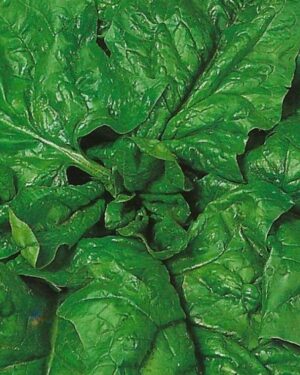
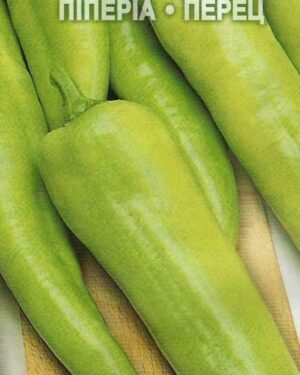
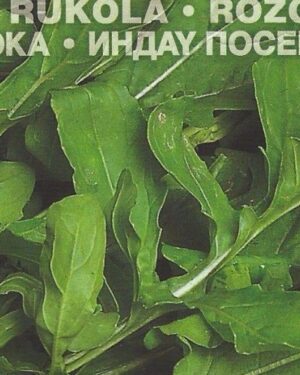


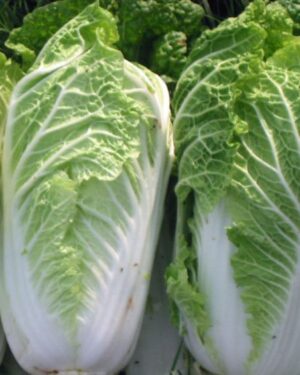
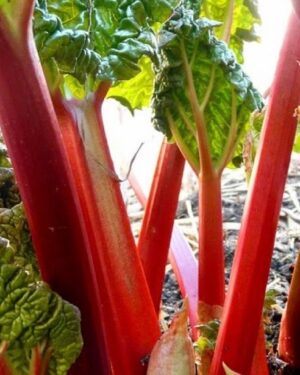
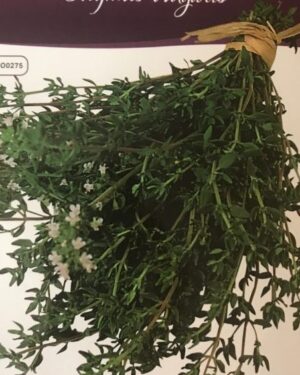
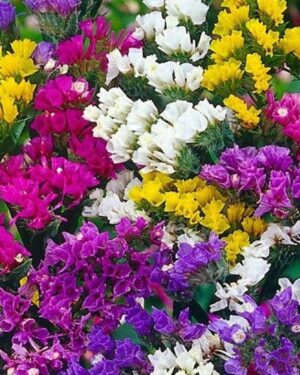
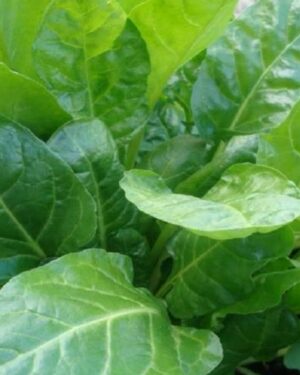
Reviews
There are no reviews yet.